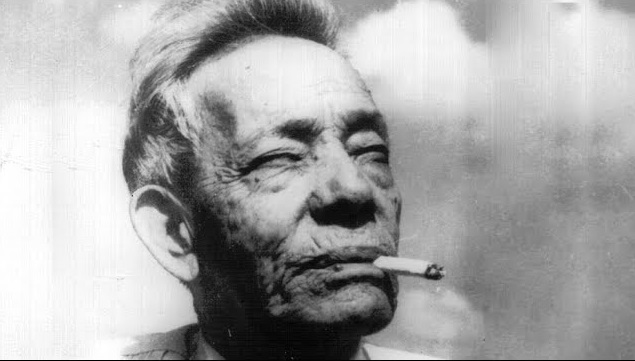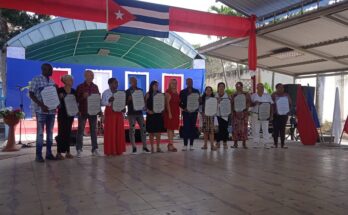When people talk about Cuba in joyful gatherings,
and songs are sung that make them live,
let them remember mine that served as a guide…
With these verses included in what its author called “mi última sindada” we evoke Gumersindo Garay García, known in the artistic world as Sindo Garay, one of the greats of the traditional Cuban trova who died on July 17, 1968 in Havana.
Born in Santiago de Cuba on April 12, 1867, in his childhood years, at the height of the first war of independence, he sometimes carried important messages from the Cuban patriots; it is famous the anecdote that as a teenager he crossed several times the Santiago de Cuba bay, one of the widest in the country, with orders and documents of those who fought against Spain.
Without academic training and without knowing the most elementary formal technical notions of music, Sindo Garay was able to earn an outstanding place in the Cuban traditional songbook and created works considered perfect that were inspired by the landscape of his homeland, love and women.
His legacy includes more than 600 compositions, which portray the Cuban idiosyncrasy, and among the titles of his vast catalog as a composer stand out Mujer bayamesa, Tardes grises, Amargas verdades, Perla marina, Ojos de sirena, El huracán y la palma, Rayos de oro, Guarina, Retorna, Clave a Maceo, La baracoesa and Adiós a La Habana, and others
Sindo performed in Haiti, Dominican Republic, Puerto Rico and France, the latter country where he was invited to perform by Rita Montaner in 1928; in Cuba he worked in theaters, peñas, cafes, bars and cinemas in a considerable number of cities of the national territory, although since 1906 Havana was the main place of his professional work.
The outstanding musician and composer also worked in several Cuban radio stations such as PWX, Mil Diez, CMBZ, CMQ and RHC-Cadena Azul, where in 1946 he was hired, along with his son Guarionex, for the program Canciones en la noche; he made numerous recordings and participated in television programs, after the arrival of this media in Cuba.
When listening to the troubadour’s music, Italian tenor Enrico Caruso could only pronounce the word “Exoticism”, and Cuban composer, conductor, pianist and pedagogue José Marín Varona exclaimed: “You can go from intelligence to talent, from talent to genius maybe, but to a phenomenon… That’s very difficult!
He received similar compliments from the outstanding Afro-Cuban violinist Claudio José Brindis de Salas, who was dazzled by the melodic turns and chords achieved by Sindo on the guitar; the Andalusian poet Federico García Lorca defined him as The Great Pharaoh of Cuba.
Sindo Garay met many important personalities such as Guillermon Moncada, Julio Antonio Mella, and is probably the only one who had the opportunity to shake hands with José Martí and later with Fidel Castro.





